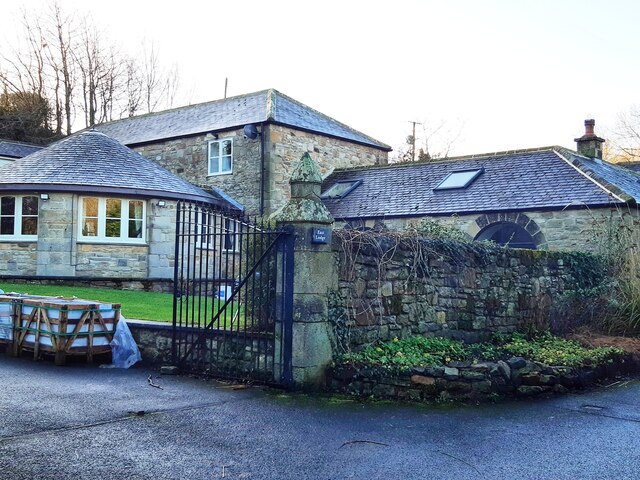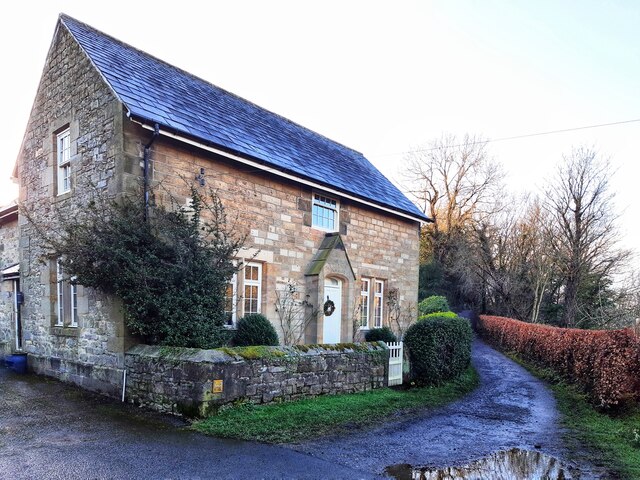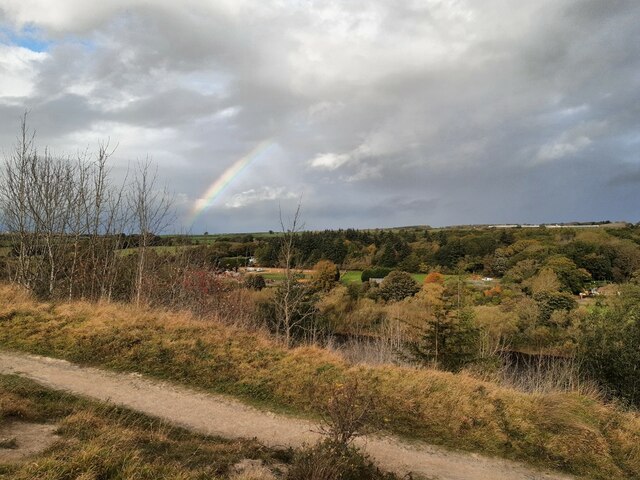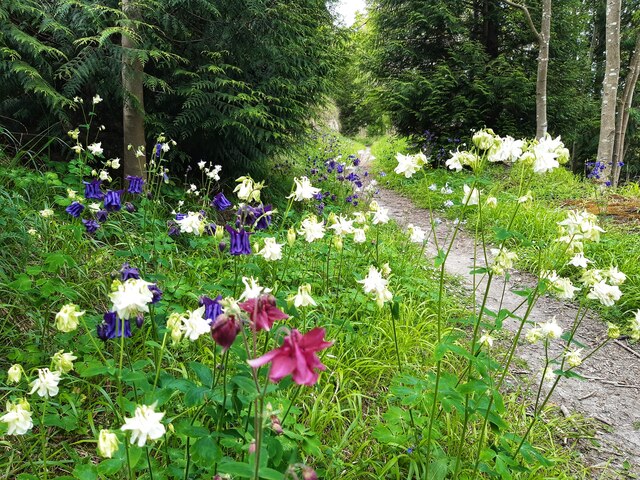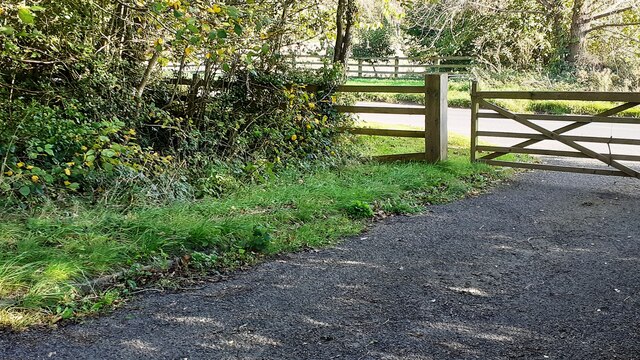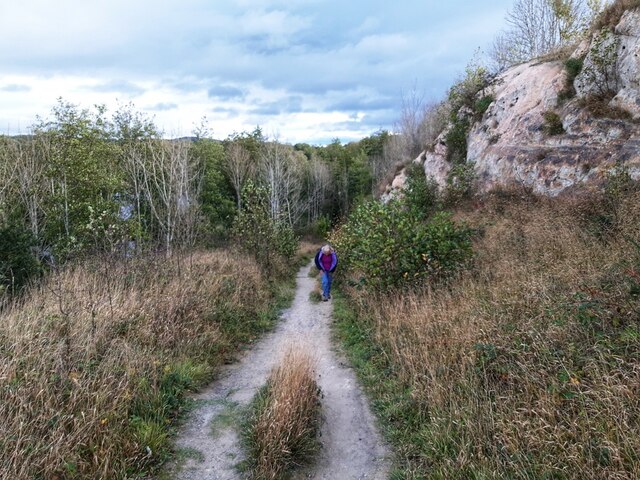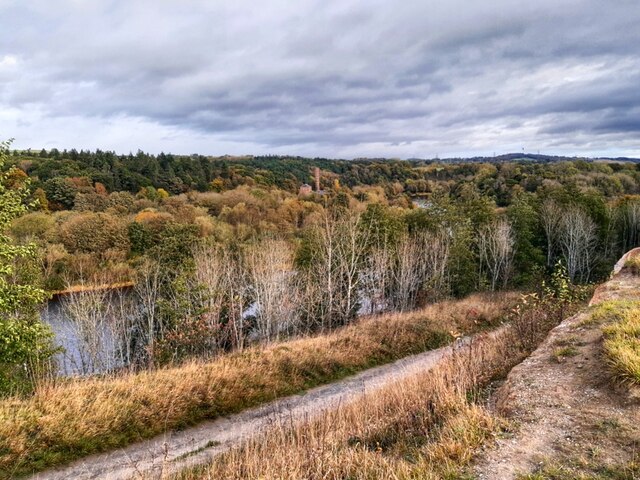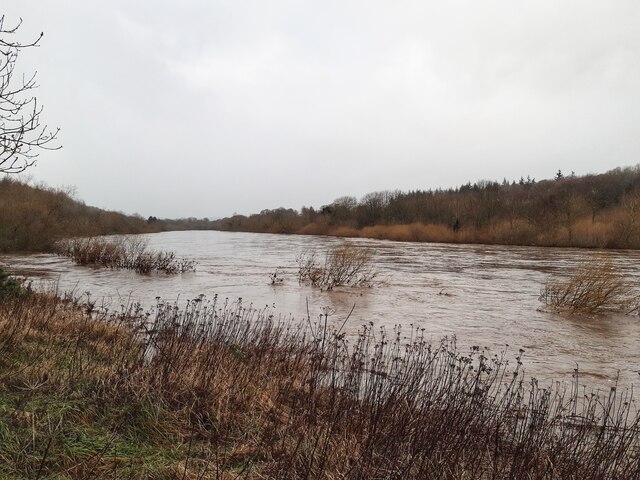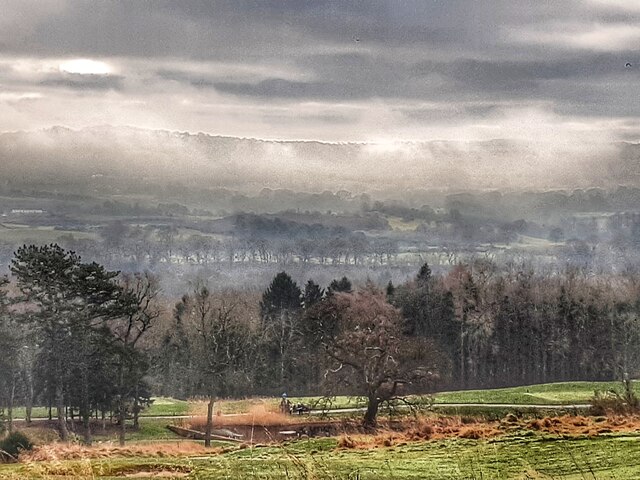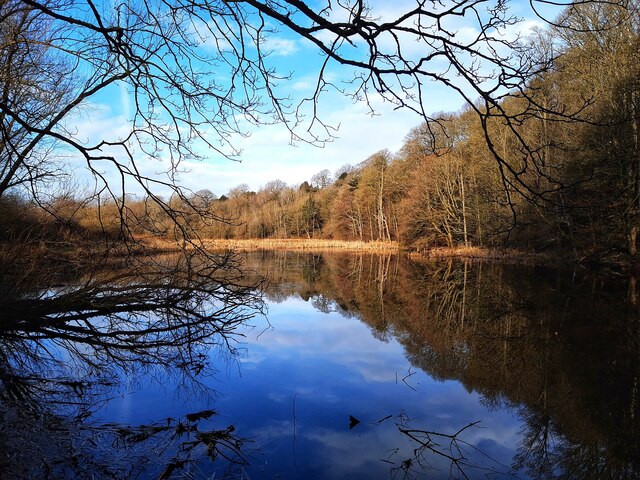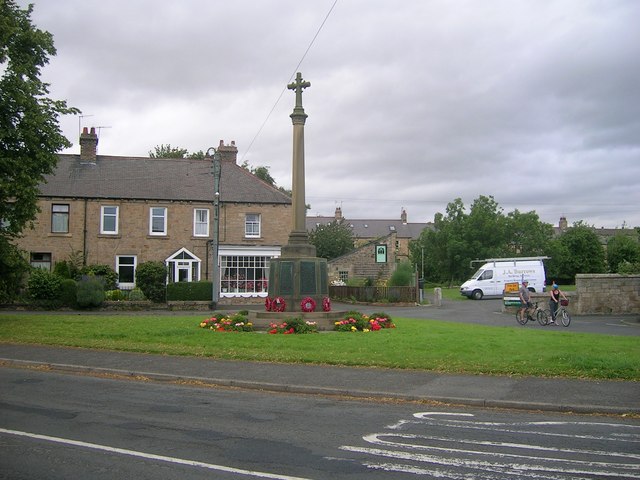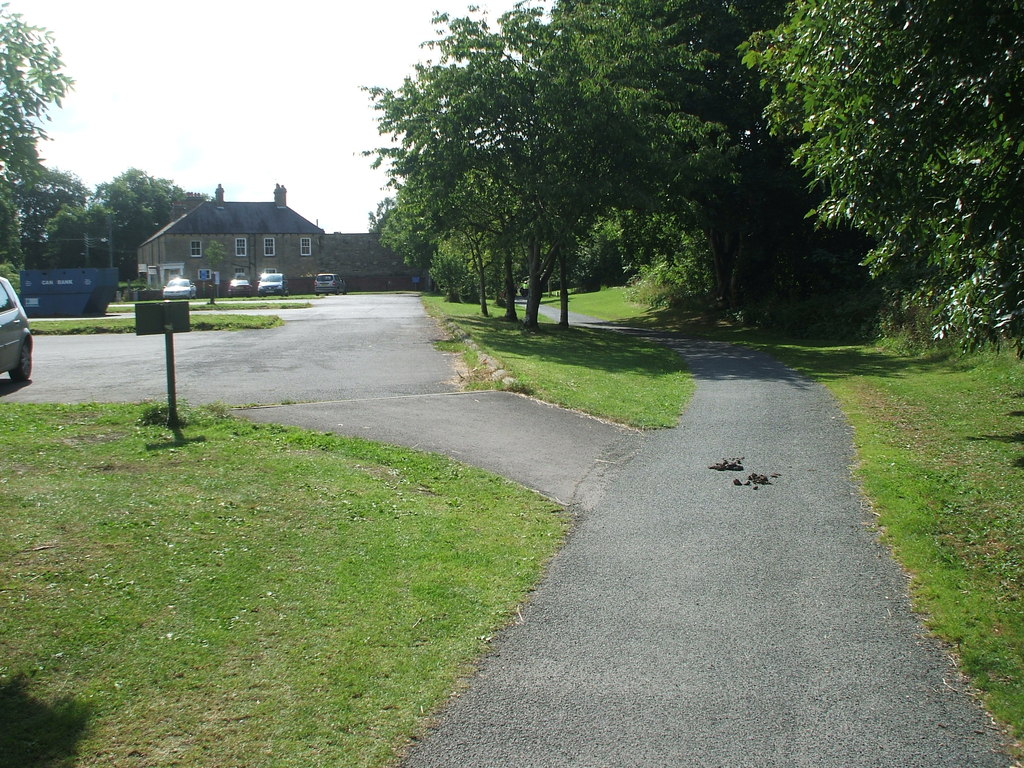Wylam Wood
Wood, Forest in Northumberland
England
Wylam Wood
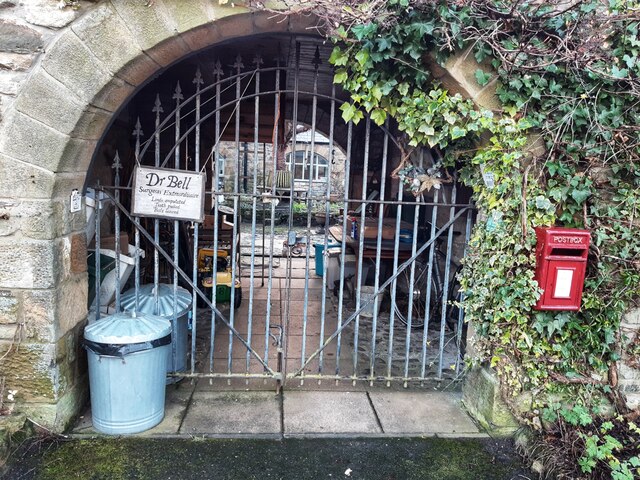
Wylam Wood is a picturesque forest located in Northumberland, England. Covering an area of approximately 50 hectares, this woodland is a haven for nature enthusiasts and those seeking tranquility amidst the beauty of the great outdoors.
The wood is predominantly made up of broadleaf trees, including oak, beech, and birch, which create a dense canopy, providing shade and shelter for a variety of wildlife. The forest floor is adorned with a rich carpet of bluebells and wildflowers during the spring months, adding to the natural charm of the woodland.
Wylam Wood is crisscrossed with a network of footpaths and trails, allowing visitors to explore its depths and appreciate the diverse flora and fauna that call it home. The tranquil River Tyne also meanders through the wood, offering scenic views and opportunities for peaceful riverside walks.
Aside from its natural beauty, Wylam Wood also holds historical significance. It was once part of a larger estate owned by the Wylam family, who were prominent landowners in the area. The wood has retained its historic charm, with remnants of ancient stone walls and old gateways adding a touch of nostalgia to the landscape.
Wylam Wood is a popular destination for nature walks, birdwatching, and picnics. Its accessibility and well-maintained paths make it suitable for visitors of all ages and abilities. The wood provides a serene escape from the hustle and bustle of everyday life, making it a cherished gem of Northumberland.
If you have any feedback on the listing, please let us know in the comments section below.
Wylam Wood Images
Images are sourced within 2km of 54.970823/-1.8169864 or Grid Reference NZ1164. Thanks to Geograph Open Source API. All images are credited.
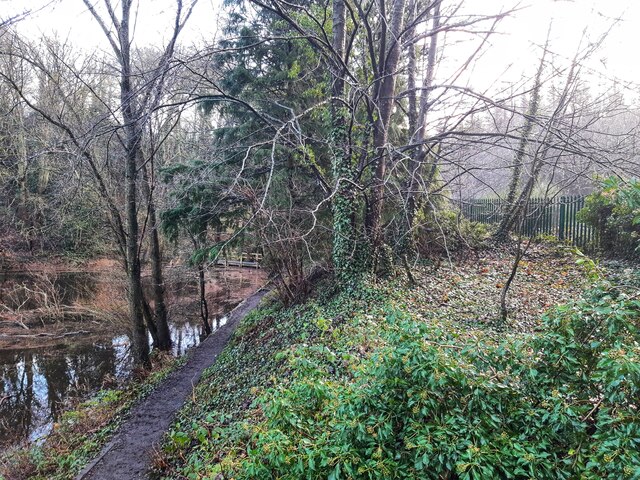
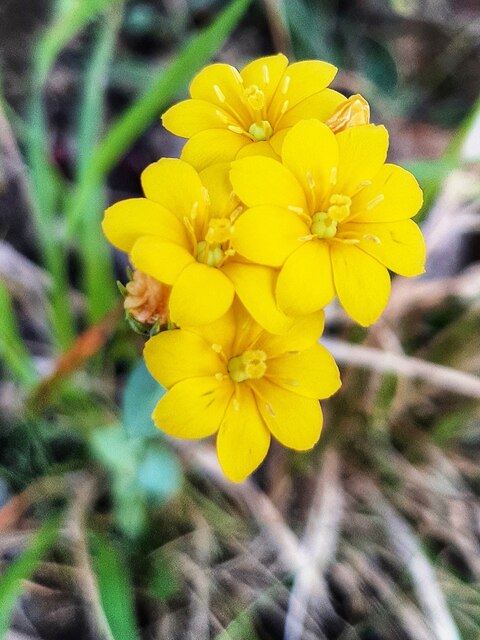
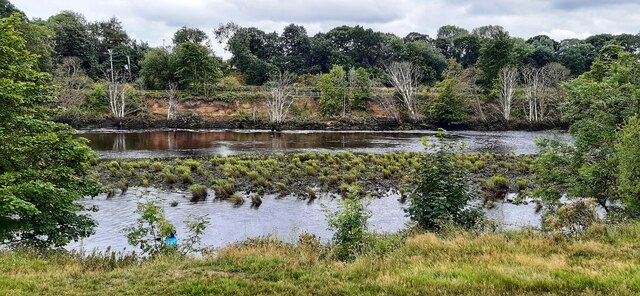
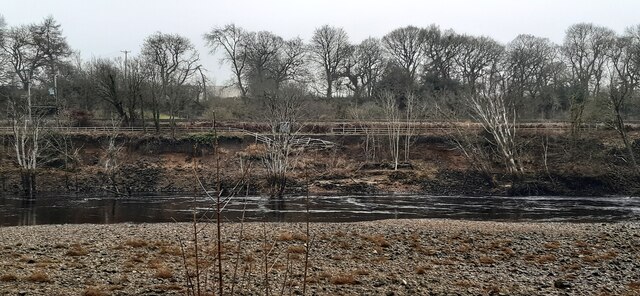
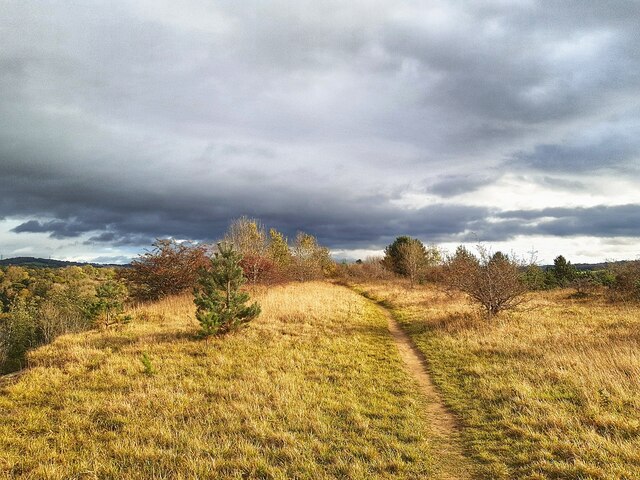
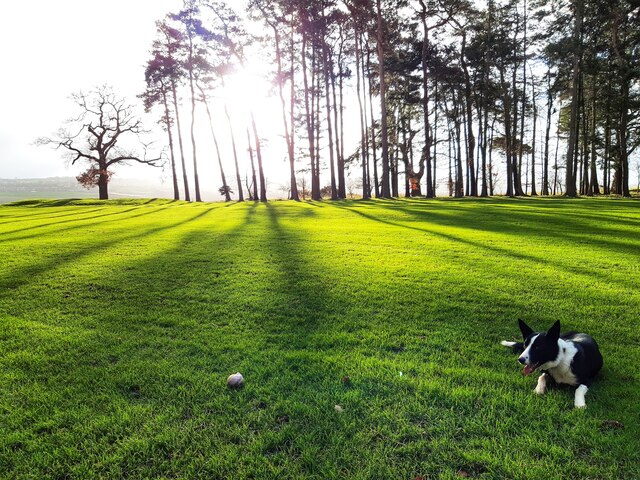
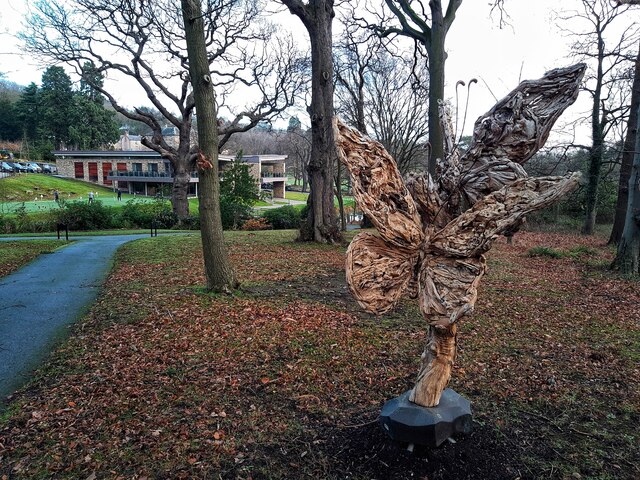
Wylam Wood is located at Grid Ref: NZ1164 (Lat: 54.970823, Lng: -1.8169864)
Unitary Authority: Northumberland
Police Authority: Northumbria
What 3 Words
///toasted.aimed.expectant. Near Wylam, Northumberland
Nearby Locations
Related Wikis
Wylam
Wylam is a village and civil parish in the county of Northumberland. It is located about 10 miles (16 km) west of Newcastle upon Tyne. It is famous for...
Wylam railway station
Wylam is a railway station on the Tyne Valley Line, which runs between Newcastle and Carlisle via Hexham. The station, situated 9 miles 71 chains (9.89...
Wylam Bridge
Wylam Bridge is a road bridge in Northumberland, England linking the residential area of North Wylam and neighbouring villages of Heddon-on-the-Wall, and...
North Wylam railway station
North Wylam railway station served the village of Wylam, Northumberland, England from 1876 to 1968 on the Tyne Valley Line. == History == The station opened...
Nearby Amenities
Located within 500m of 54.970823,-1.8169864Have you been to Wylam Wood?
Leave your review of Wylam Wood below (or comments, questions and feedback).
